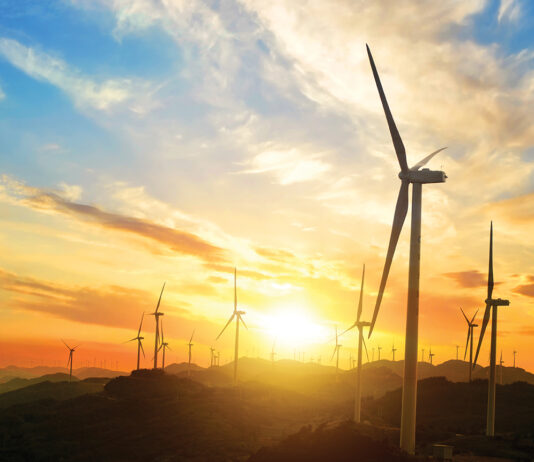
What You Should Know About Oil and Gas Today
The Big Story
Obviously, the big story this morning is that the price for West Texas Intermediate rose over the $41 per barrel level overnight on continuing positive economic news and remained at that level in early morning trading. With rig counts holding steady at record-low levels and only a modest recovery in the number of active frac spreads taking place, it becomes increasingly obvious that U.S. overall oil production will not begin rising again any time soon, and will likely continue to drop for the remainder of 2020.
All of these factors and more have Javier Blas writing about the new “bull market” in oil prices at Bloomberg today, characterized by a flip from market contango into backwardation:
Beyond the symbolism of that number for the American market, the oil price curve for Brent — the range of futures contracts covering the coming months — shows the international market has transformed too.
It flipped last week into so-called backwardation, with crude for immediate delivery trading at a premium to forward contracts. That shape is a telling sign that refiners that saw demand for their products disappear during the lockdown, are now willing to pay top dollar to secure supplies for their facilities.
Meanwhile, Dr. Yousef Alshammari, the CEO and Head of Oil Research at CMarkits in London, projects that international crude prices could hit $50/bbl by year’s end. Barring a second round of COVID-19 breaking out in the fall, that prediction seems likely to end up being seen as quite conservative.
The big question in all of this is whether or not the improving price picture for crude comes too late for many companies to avoid having to declare bankruptcy. With Deloitte projecting that as much as 30% of listed shale producers are already technically insolvent, that would certainly appear to be the case.
In other news…
Bloomberg has a piece out this morning with an odd analysis of oil markets. The piece points to a new estimate from the IEA stating its expectation that oil demand will not fully recover to pre-pandemic levels until the end of 2021, and uses that as a basis for dampening expectations for rising oil prices. The writer doesn’t seem to consider the fact that, between the U.S., Canada and the OPEC+ nations, at last 12-13 million barrels of oil supply have been removed from the market. While storage levels are indeed high, as the story points out, this precipitous drop in supply, should it continue through the end of 2020 and into 2021, as now seems likely, could quickly dry up those storage levels and set up a significant supply deficit later this year.
Merchants of fear are out in force at E&E News today, after the federal government approved the rail transport of liquefied natural gas (LNG) in the U.S. These same fear merchants have been wailing falsely about the potential that big LNG tanker ships will blow up Boston Harbor for the past quarter of a century, despite the knowledge that such a mishap is virtually impossible. LNG is vastly less volatile than an array of liquids that have been using rail transport for decades.
After suing Kinder Morgan under a specious endangered species rationale in April, the Sierra Club is at it again, filing another specious claim before a different judge asking that the Permian Highway pipeline construction be halted, alleging that the U.S. Army Corps of Engineers didn’t fully consider environmental requirements when approving the pipeline. These people are so tiresome.
In 2019, oil and gas-related revenues made up fully 40% of New Mexico’s state budget, enabling the governor and legislature to create new environmental and education initiatives. But, as World Oil reports today, that money stream is starting to run out during this current bust, and policymakers are now scrambling to figure out what to do about it. I must admit that, having dealt with New Mexico’s state policymakers for many years and observing the hostility towards the industry exhibited by the state’s current governor and legislative leaders, I have a real hard time feeling to bad for them in their current conundrum.
They’ve spent the last couple of years pushing the fantasy about how they’re going to replace all of those oil and gas-generated billions with solar arrays and windmills, and now they’re finding out the hard way that things just really don’t work that way out here in the real world.
Life is tough sometimes.
That’s all for today.
















